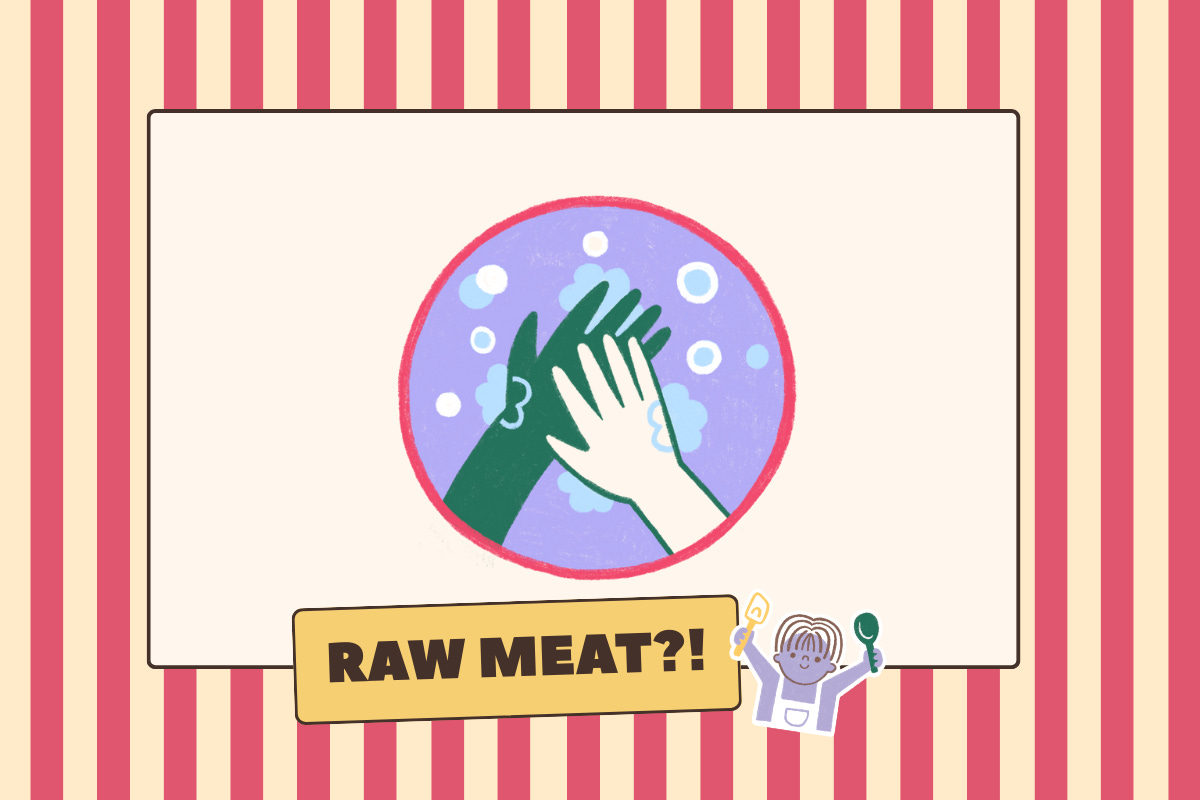Teaching Kids to Handle Raw Meat —And Why It Matters
How real-world challenges spark confidence, independence, and a love of learning
When I was testing my Baked Chicken Schnitzel recipe, I asked the kids what they had done that was brand new for them. Every single one said, “Touched raw chicken.”
I hadn’t realized it would be such a novel experience. But thinking about it, most kids don’t handle raw meat until someone shows them how. For many, it’s “gross.” And yes, raw meat can carry bacteria, so avoiding it often feels safer to grownups.
But here’s the thing: if we’re going to eat meat, learning to handle it safely is part of being a capable, independent cook. At Nibblings, one of my core beliefs is that kids are capable of more than we think they are—they just need clear, supportive, developmentally appropriate instruction. And tasks like touching raw meat check several important learning boxes:
Responsibility — following hygiene rules with care
Executive function skills — remembering and sequencing steps
Confidence — doing something that feels a little “icky” and mastering it
Real-world connection — understanding food safety and cause-and-effect
The task is just hard enough to push them beyond what they’ve done before, but still doable with your guidance (In learning design, we call this the zone of proximal development. Stay tuned for a longer blog post on this topic). That combination builds kids’ identities as learners who can figure things out, even when it’s new or a little intimidating. And because they’re working toward a concrete, meaningful goal (a meal the whole family will eat), they’re getting exactly what fuels a love of learning: the independence to make choices, the satisfaction of mastering a skill, and the sense of purpose that comes from making it happen.
How to Prepare Your Kid to Handle Raw Meat Safely
1. Explain the why
Make it concrete:
“Raw meat can have germs that spread to anything it touches. If chicken touches a spoon, that spoon now has those germs.”
2. Set the rule
“Once your hand touches the raw meat, it can’t touch anything else until you wash your hand with soap and water.”
Anything the meat touches—fork, cutting board, plate—is “dirty” until washed.
3. Model it
Show them how to keep “dirty” hands up in the air as they walk to the sink.
Wash for 20 seconds with soap and water.
4. Give the simple sequence
Touch → Wash hands → Continue cooking.
If they touch the meat again, repeat.
Remember: The goal isn’t instant mastery. At first, they may need reminders every step of the way. Over time, they’ll internalize the habit and become increasingly independent, just like any other skill in cooking or life.





